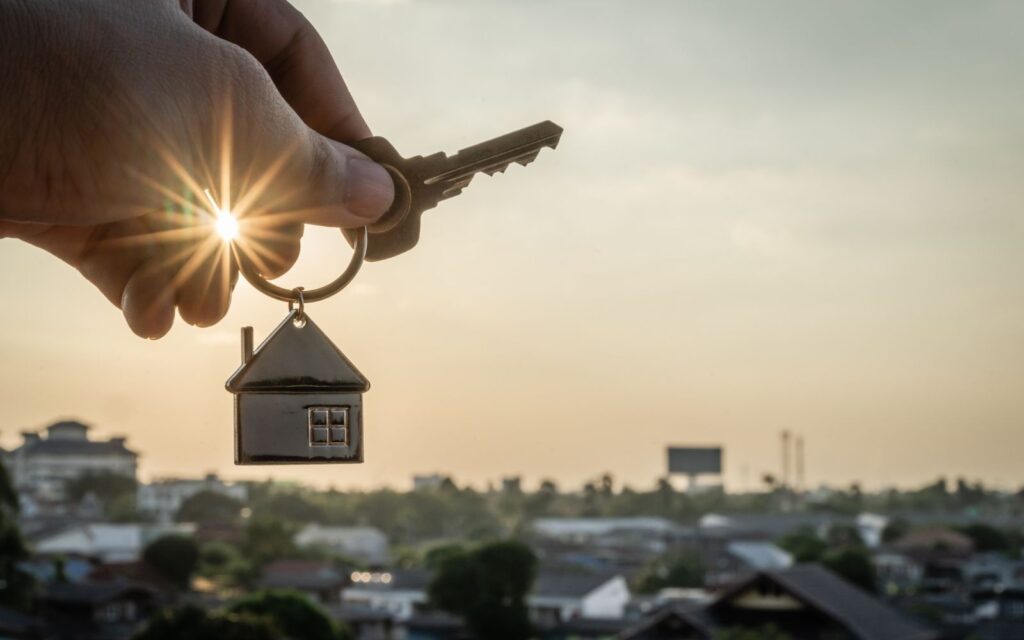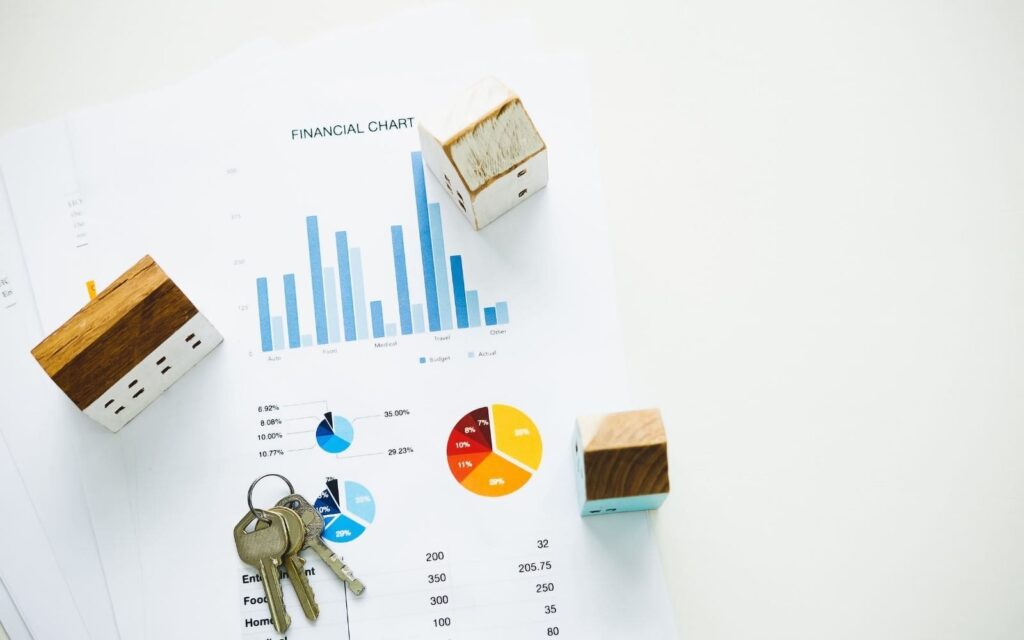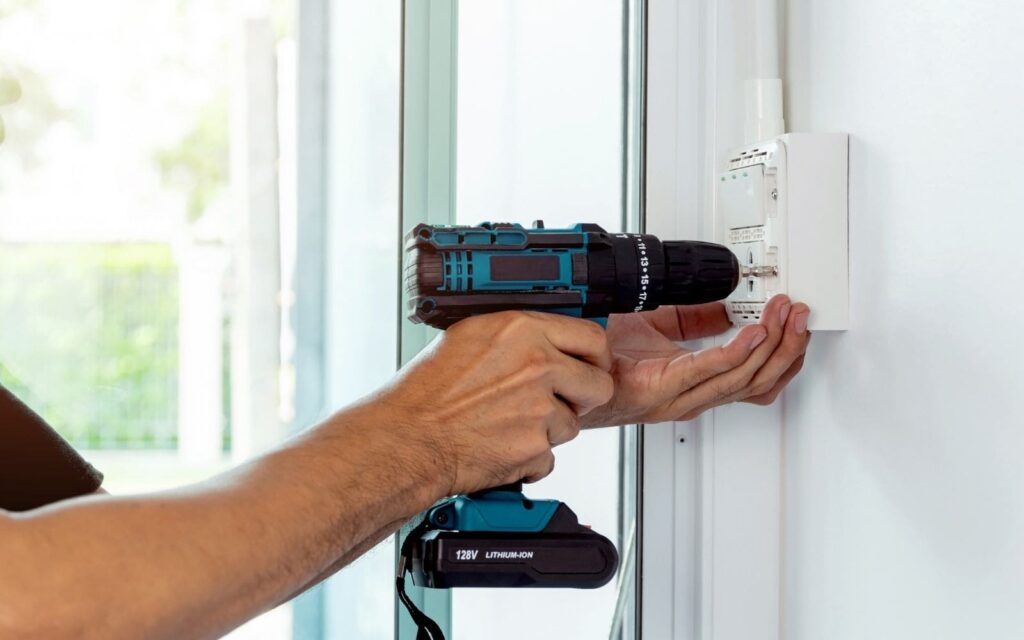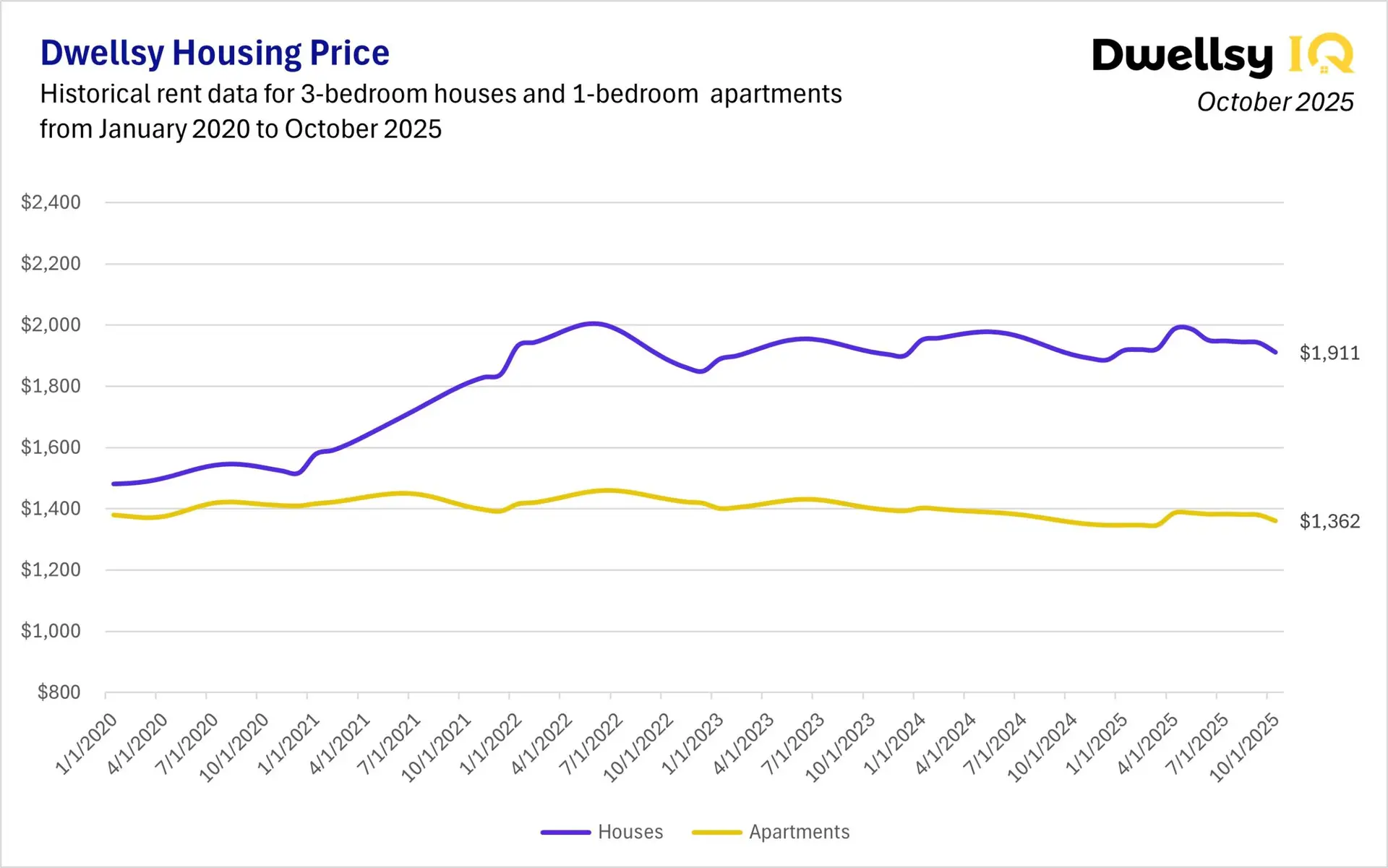If you’ve been paying attention to the for-sale housing market over the past couple of decades, you’ve probably already felt it: owning a home is getting harder and harder for most Americans.
It’s not just anecdotal. It’s there, clear as day, in the cold, hard data. The recent chart from Bill McBride’s Calculated Risk newsletter paints a clear, stark picture. It shows just how far out of whack the relationship between home prices and household incomes has become, and if you’re holding out for a return to normal anytime soon, well, brace yourself.
Before 2000, things were different. The typical ratio of house prices to median household income was around 2.5:1. That’s a level where owning a home was within reach for the average family. But since the early 2000s, that ratio has exploded, peaking at more than 4:1, which has effectively shut out millions of people from the dream of homeownership.
We’re now just past one of those dizzying peaks, and McBride thinks it means seven years of sluggish growth for home prices while incomes crawl upward, trying to catch up. It’s a bleak outlook, and while we’d all love to see the gap close faster, it’s hard to deny the economic logic behind his prediction. If you’ve been waiting for housing to become affordable again, you might be waiting a while.

Housing used to be affordable. That’s over for now.
If you grew up before the year 2000, you might remember when buying a home was an achievable goal. A 2.5:1 ratio of house prices to income meant that most families had a shot at getting into the market. There was stability. Home prices grew, yes, but in line with inflation and wage increases. Owning a home was considered one of the smartest ways to build wealth — it was accessible, and it worked.
Those days are gone.
What we’ve seen since the turn of the millennium is nothing short of a disaster for housing affordability. The ratio started creeping up in the early 2000s and then surged in the lead-up to the 2008 financial crisis. At its peak, that ratio hit almost 4:1, meaning homes were nearly four times the median household income. Fueled by speculative buying, lax lending standards, and cheap credit, the market became a runaway train. And when the train finally derailed in 2008, the crash brought the global economy to its knees.
For a while, it looked like things might return to normal. By 2012, the ratio had fallen closer to 3:1, offering a glimmer of hope for potential homebuyers. But that hope was short-lived. From 2012 onward, home prices shot up again, surpassing even the pre-crash levels. Today, the market is as unaffordable as it has ever been, with the house price-to-income ratio hovering well above 4:1.
The bubble has popped, but prices aren’t coming down
We’re past the latest peak, but if you’re waiting for a crash that brings home prices back to earth, don’t hold your breath. McBride believes that the next several years will bring slow, sluggish growth in home prices — nothing dramatic, but also nothing that’s going to make housing any more affordable for most Americans. Home prices aren’t going to drop significantly; instead, it’s going to be a long, slow grind while incomes inch upward and the housing market stagnates.

This is McBride’s core prediction: a cooling market that crawls along as incomes gradually catch up. It could take seven years, maybe more, for the ratio to even begin to approach historical norms. In the meantime, housing affordability will remain out of reach for millions of people.
This isn’t a collapse like we saw in 2008, where home values fell through the floor. It’s something far more frustrating — a slow bleed. Prices won’t crash, but they won’t climb much higher either, leaving people stuck in a market that offers few affordable entry points.
A broken system
Why is housing so out of reach for so many? The reasons are complex, but at the heart of it is a market system that’s no longer really a market system.
On the supply side of the market, we as a society, have chosen to constrain growth in the housing supply through restrictive regulation, particularly in the areas where people most want to live. This is done in a myriad of ways, but talk to a developer in New York or San Francisco and ask them how long it takes to build a single home, let alone a multifamily development. It’s not uncommon to plan on a decade or more for a development. The time and the cost of delays reduce the absolute numbers of properties built overall, and at best, the building pace lags the needs of the market by many years.
On the demand side, we have and continue to expand subsidies for home buyers and homeowners (mostly for existing homeowners), which has increased demand and then made homeowners disproportionately wealthy and entrenched as an ownership class that continues to be able to buy/sell homes, even as they get ever-more expensive.
Rationally, in order to protect their position, they tend to take full advantage of any threat to their property values, giving rise to the NIMBY movement that rules so many city councils, further entrenching the supply constraints.
Together, those two actions have fundamentally altered the basic shape of the demand curve – supply is too low and demand is too high, so prices have gone up.
Unfortunately, we’re now left with an inflated housing market where the average family can’t afford to compete. The median home price in many cities is entirely out of sync with what the average family earns, and the rent-vs-buy calculus has shifted dramatically in favor of renting.

Can we fix it?
It’s not like we don’t know how to fix the problem. More affordable housing needs to be built—period. We need policies that incentivize home construction, and reform zoning laws that restrict where and what kind of housing can be built.
But all of that takes time, and political willpower is often in short supply. In the meantime, people are priced out of homeownership, and the wealth gap continues to widen. Renting is the only option for many, but though cheaper than homeownership in almost every place, it’s still far from affordable.
A long, hard road ahead
McBride’s prediction of seven years of stagnant growth might seem like a relief—after all, he’s not forecasting another 2008-style crash. But for anyone looking to buy a home in the near future, it’s cold comfort. Housing isn’t going to get cheaper anytime soon, and even if incomes eventually catch up, it won’t happen overnight.
If you’re hoping to buy a home, you’re left with a tough choice: wait it out and hope the market normalizes or take the plunge now and risk getting locked into a mortgage that feels unaffordable in an already overheated market. Either way, the options aren’t great, and the American dream of homeownership feels increasingly like a pipe dream for many.



